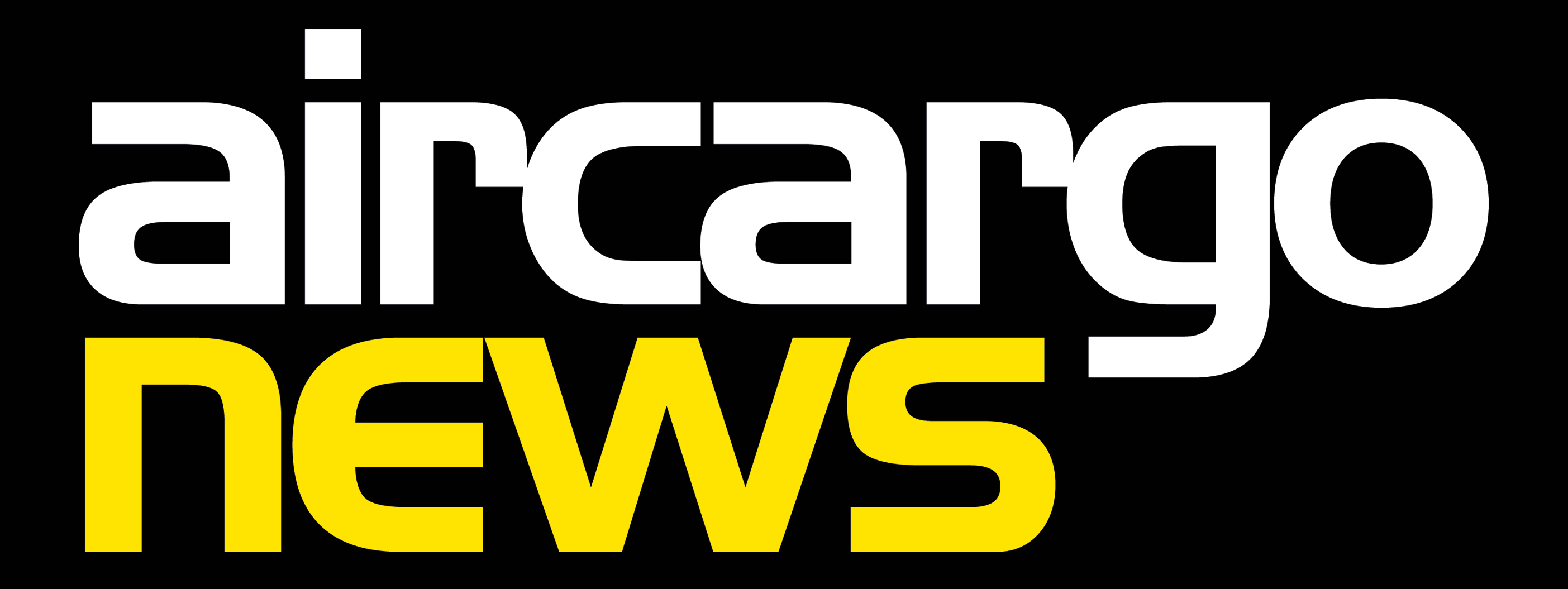Drew Crawley: Sofa so good for IAG
19 / 06 / 2017

When you change jobs it can sometimes take a while to settle into life at a new company.
One thing helping IAG Cargo’s recently appointed chief executive Drew Crawley feel a bit more at home in his new office is a giant blue sofa.
He explains that his wife was arranging to have the piece of furniture taken away when he stopped her and instead had it taken to his office, a move that certainly gives the place a homely feel.
Crawley has been chief executive at the cargo group since January when he took over from Steve Gunning, who moved across to British Airways to become the airline’s chief financial officer.
Before taking the role, Crawley was chief commercial officer at British Airways and the job is his first in cargo.
He says that the cargo market is quite tough at the moment but he believes IAG Cargo has the tools to deal with the current market conditions. He has also noticed some differences and similarities with the passenger market.
“I was thinking when I came over here, how different is it going to be?” he says. “What you discover is that there is quite a lot that is similar and quite a lot that is different, but it is quite a lot like what the passenger side was a few years ago.
“So I am able to bring with me some experience from that side of the fence.”
Crawley says one thing that he likes about the cargo industry is the dynamism, a function of the fact that the sector works on a two-week booking window, compared with the year- round passenger industry.
“In this business it is a lot harder to predict what is going to happen next so you have to be very fleet of foot and the team here are brilliant at that I have to say,” he explains.
“I have been very impressed that the team are dynamic and super commercial so that’s one of the things that I’ve noticed that I like.”
Crawley adds that there are also parallels between the cargo industry’s relationship with forwarders and shippers and the passenger sector’s tripartite relationship with big corporations and travel management companies.
In the future, Crawley sees airlines forming a closer relationship with shippers and forwarders to build more efficient supply chains.
“Last week we had one of our big customer freight forwarders in who was actively encouraging us to meet the shippers,” Crawley says.
“I think it’s very forward looking of them because what effectively he was saying was, if you know what my customer needs, then together we can work much more collaboratively to deliver that.
“Being a conduit for the needs of the shipper sometimes doesn’t give us the full flavour of what shippers’ requirements are.
“We have proven on the pharma side that this trilateral discussion, where you are working with the logistics and freight forwarding piece and with the shipper, gives the shipper confidence that the people that the freight forwarder is working with are decent and up to the task by allowing us to show our wares and actually present ourselves.”
Crawley is quick to emphasise that the airline has no plans to take over the role of the freight forwarder, an accusation often levelled at airlines when they try to get closer to the shipper.
IAG Cargo head of commercial David Shepherd, who also joined the interview, says he has noticed a shift in freight forwarders’ attitude to tripartite discussions over the last few years.
“I think the forwarders have grown to fully understand the benefit they bring and understand that the airlines aren’t best placed to replicate and take that place,” he says.
“We work with each other and there is more of a partnership than there used to be and I’d say that is the same across a number of the big forwarders.”
Another area that Crawley sees ripe for change in the cargo business is the speed at which new technology is adopted, something which he says is “staggeringly slow”.
The digitisation of the supply chain will help take costs out of transport operations, he says.
“You will have people saying you will never get the Customs officer in Ulaanbaatar to accept an electronic document and my answer to that, well that’s fine, but for 80% of our business, we ought to be able to persuade them much more quickly than has been the case so far.
“There are a load of countries where they will get to the point where the volumes of trade are such that if they don’t adopt technology and digitisation they will be thoroughly overwhelmed and less competitive as a country as a result.”
The biggest challenge faced by the air cargo industry continues to be low yields caused by overcapacity.
To combat this, IAG Cargo has, like many competitors, focused on its premium products where it can charge a higher margin than for general cargo because of the amount of investment required and higher service levels that need to be maintained.
In line with this focus on premium, the airline group has revealed plans to build a new £55m facility for premium cargo at its London Heathrow site.
The new terminal, to be called New Premia, will double the size of the existing 10-year-old Premia building and will offer a larger dedicated constant climate centre for pharmaceuticals when it opens in 2018.
The centre will feature 11 truck docks, with four reserved for the constant climate centre, a new warehouse management system to improve through flow of cargo, an additional 20 workstations for break and build, express storage and the whole facility will be temperature controlled between 15 and 25 degrees Celsius.
Meanwhile, the constant climate centre included in the building will feature air locked areas with controlled temperatures of two to eight degrees Celsius and 15 and 25 degrees Celsius.
Shepherd says the current facility is getting close to capacity.
Crawley points out that in 2015 the IAG Prioritise e-commerce/express product recorded growth rates of 32% following on from a 5% improvement in 2014.
Meanwhile, its Constant Climate product recorded growth of 44% last year and 55% in 2014.
“It’s broadly going to double capacity for express throughput through the building,” Shepherd says.
“It’s going to create a whole new facility that doesn’t exist today for breaking and building passive constant climate shipments, which allows us to get into a whole arena of business for our customers.
“We’ve got customers who can give us unitised pieces of business; this is going to allow us to get properly into the loose pharmaceutical market.”
Another area where IAG Cargo has sought to offset the difficult market conditions is by axing its dedicated freighter operation in favour of taking space on all-cargo services run by other airlines.
It has scheduled deals with DHL, Qatar Airways Cargo and Korean Air and also buys tactically – meaning as and when it needs to – from operators out of Latin America, feeding into places like Bridgetown, Barbados and Miami.
Buying tactically allows IAG Cargo to expand and contract capacity as and when it needs to.
So does Crawley have plans to take IAG Cargo back into the freighter market?
“I know we made the decision a year or two ago to come out of freighters and looking at that decision now, I think it is one of the best decisions IAG Cargo has made,” says Crawley.
“Others may disagree with that, but I am looking at the numbers. Using others’ freighters is a great way of getting access to capacity in a way that gives us flexibility.”













